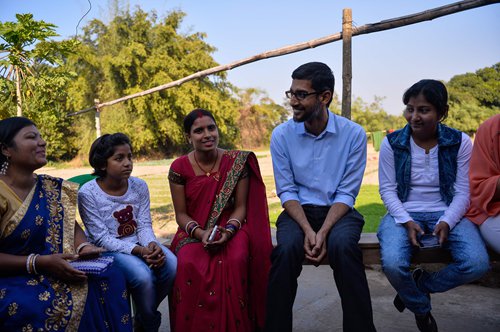amoy
Senior Member
- Joined
- Jan 17, 2010
- Messages
- 5,982
- Likes
- 1,849
Test planting of saltwater rice begins
Renowned Chinese agricultural scientist Yuan Longping and his research team planted saltwater-tolerant rice on six plots of saline-alkali land on Monday.
It was the first time this kind of rice has been planted simultaneously on different types of such land, a major step in exploring its commercial viability.
The planting sites are in Kashgar, in the Xinjiang Uygur autonomous region; Daqing, Heilongjiang province; Dongying and Qingdao, Shandong province; Wenzhou, Zhejiang province; and Yan'an, Shaanxi province. The sites represent virtually every type of saline-alkali land in China.
So-called saltwater rice is designed to grow in tidal flats or other areas with heavy salt content.
"These planting practices aim to test saltwater rice's performance, yield, taste and cost when grown on different types of saline-alkali land," said Zhang Guodong, deputy director at the Qingdao Saline-Alkali Tolerant Rice Research and Development Center in Shandong province.
--
China has 100 million hectares of saline-alkaline soil.
Yuan and his team plan to develop a type of saltwater rice that can be planted on 6.7 million hectares of saline-alkali land around the country, which they estimate can yield 30 million metric tons every year, feeding an additional 80 million mouths.
Seawater rice goes to Middle East
China and the UAE plan to jointly promote seawater rice in the Middle East and northern African countries by establishing a seawater rice promotion center, Zhang added.
Experimental seawater rice planted in January in Dubai is expected to yield more than 500 kilograms per mu, the Science and Technology Daily reported
Renowned Chinese agricultural scientist Yuan Longping and his research team planted saltwater-tolerant rice on six plots of saline-alkali land on Monday.
It was the first time this kind of rice has been planted simultaneously on different types of such land, a major step in exploring its commercial viability.
The planting sites are in Kashgar, in the Xinjiang Uygur autonomous region; Daqing, Heilongjiang province; Dongying and Qingdao, Shandong province; Wenzhou, Zhejiang province; and Yan'an, Shaanxi province. The sites represent virtually every type of saline-alkali land in China.
So-called saltwater rice is designed to grow in tidal flats or other areas with heavy salt content.
"These planting practices aim to test saltwater rice's performance, yield, taste and cost when grown on different types of saline-alkali land," said Zhang Guodong, deputy director at the Qingdao Saline-Alkali Tolerant Rice Research and Development Center in Shandong province.
--
China has 100 million hectares of saline-alkaline soil.
Yuan and his team plan to develop a type of saltwater rice that can be planted on 6.7 million hectares of saline-alkali land around the country, which they estimate can yield 30 million metric tons every year, feeding an additional 80 million mouths.
Seawater rice goes to Middle East
China and the UAE plan to jointly promote seawater rice in the Middle East and northern African countries by establishing a seawater rice promotion center, Zhang added.
Experimental seawater rice planted in January in Dubai is expected to yield more than 500 kilograms per mu, the Science and Technology Daily reported









